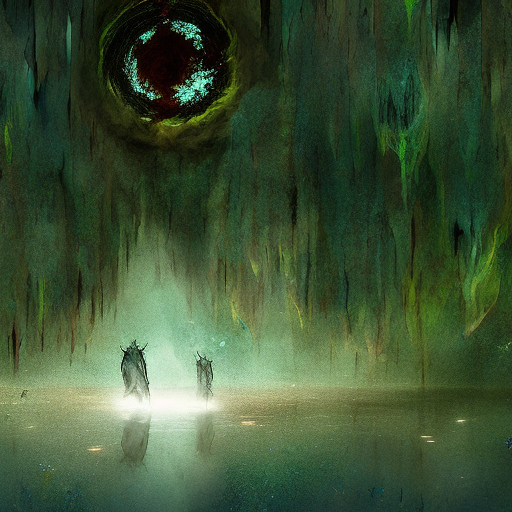One-line summary: “Black Hole” is a haunting graphic novel that explores the lives of teenagers in 1970s Seattle as they navigate a mysterious sexually transmitted disease that causes bizarre mutations.
The Enigmatic Disease Spreads
In “Black Hole,” author and illustrator Charles Burns takes readers on a dark and unsettling journey into the lives of a group of teenagers in 1970s Seattle. The story begins with a seemingly ordinary high school setting, but quickly takes a twisted turn when a mysterious sexually transmitted disease begins to spread among the students. This disease, known as “the bug” or “the teen plague,” causes bizarre mutations in those infected, turning them into outcasts and forcing them to hide their true selves from the rest of society.
As the disease spreads, the lives of the teenagers become increasingly entangled. Keith, the story’s protagonist, finds solace in his relationship with Chris, a girl who also carries the burden of the disease. Together, they navigate the challenges of adolescence while dealing with the physical and emotional toll of the disease. Burns skillfully captures the angst and confusion of teenage life, using the supernatural elements of the story to explore themes of identity, isolation, and the fear of the unknown.
The Dark Underbelly of Teenage Life
Through his haunting illustrations, Burns delves into the dark underbelly of teenage life, exposing the vulnerability and insecurities that often go unnoticed. The characters in “Black Hole” struggle with issues such as body image, peer pressure, and the desire for acceptance. The physical mutations caused by the disease serve as a metaphor for the internal struggles that many teenagers face, highlighting the ways in which society can alienate and stigmatize those who are different.
As the story unfolds, Burns explores the complex dynamics of friendship and love, showing how the disease both brings people together and tears them apart. The characters grapple with their own desires and fears, often making choices that have far-reaching consequences. The graphic novel serves as a stark reminder that adolescence is a time of immense vulnerability and self-discovery, and that the choices we make during this period can shape our lives in profound ways.
A Surreal and Thought-Provoking Narrative
“Black Hole” is not just a story about a mysterious disease; it is a surreal and thought-provoking exploration of the human condition. Burns’s masterful use of imagery and symbolism creates an atmosphere of unease and tension, drawing readers into a world that is both familiar and unsettling. The graphic novel raises questions about societal norms, the nature of beauty, and the ways in which we define ourselves in relation to others.
Key takeaways from “Black Hole” include:
- The teenage years are a time of immense vulnerability and self-discovery.
- Society often alienates and stigmatizes those who are different.
- Friendship and love can both bring people together and tear them apart.
- Adolescence is a period of intense confusion and the fear of the unknown.
- Our choices during this formative period can shape our lives in profound ways.
In the words of Charles Burns himself, “Black Hole” is a story that “explores the dark corners of adolescence—where sex, drugs, and violence meet.” Through its haunting illustrations and compelling narrative, the graphic novel invites readers to confront their own fears and insecurities, while also shedding light on the universal experiences of growing up and finding one’s place in the world.












